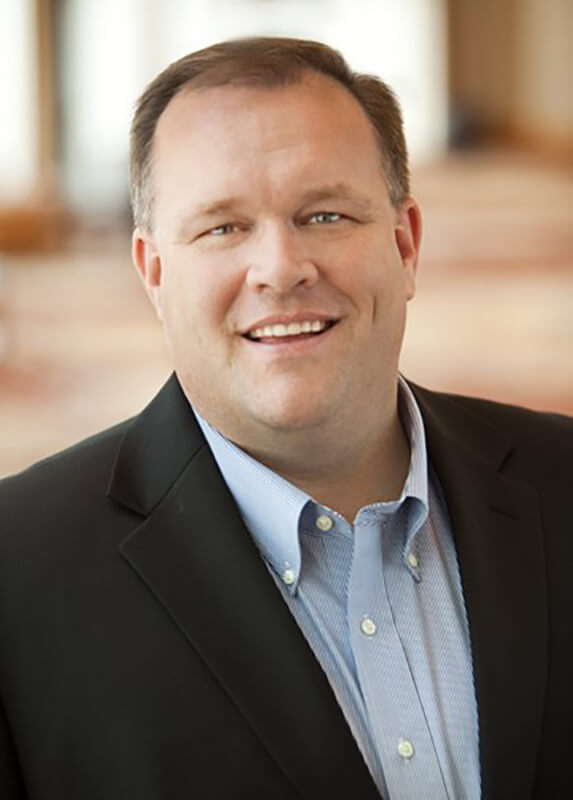A New Year, and a New Way of Looking at Risk
So, what are your bank’s goals for improving risk management?
It is that time of the year when we all set goals to improve health or mind with the obligatory New Year’s resolutions. So why not set goals for change within our institutions, since that is where we’ll spend the vast majority of our time? What are your bank’s goals for improving risk management?
One of the key reasons I think most goals fail is that most of us don’t set that big, hairy, audacious goal that truly inspires us or excites us to the point that we want to stay involved through the more marathon-like steps required to make lasting, significant change.
I want to share with you five steps that I take when I look at making changes at home or at work. I hope that they help you see how you manage risk (and more importantly, how can redesign your risk management processes).
1) Identify the Area That You Want to Improve.
For example, your predominant business model within risk management. In other words, what are the long-held core beliefs about how you create value that you want to consider changing? Now remember that at the end of this exercise we may not change this business model—but if we do, the results will be amazing.
2) Go Ahead and Break Up the Long-Held Tenets That This Model is Based On.
This is the fun part—dissecting what comprises the core of your processes. Break apart the concepts of what customers want, what technology is available, what ways any given workflow operates, etc. This allows you to be critical of a small piece of the puzzle that once you put it all together may make the change the picture or the shape. For example, what scoring model are you using (or not using), and should you use a different one?
3) Turn Each of Those Core Beliefs On Its Head.
Be critical of each small piece because when the puzzle is put back together it may have reformed into a different picture or shape. Give yourself permission to ask a lot of “what if” questions here. For example, in the late 90s what if any of the big record stores had asked, “Are consumers willing to not own records, but an electronic file instead?” Well, that would have perhaps changed the music industry in that a company called Apple may not have ended up with the ownership it has today of the music distribution market. Nothing is sacred in this phase, and if you can borrow from other industries do it. Business model innovation transfers really well into our industry, so take advantage of that.
4) Do a Sanity Test On Your “What If” Framework.
Do a small test (not with actual credit), and then get your executive team, your loan committees, etc., in a room, share the ideas, and see which ones have hints of “Hey, this may work!”.
5) Incorporate the New Beliefs Into a New Business Model.
You may not need to throw away all that you have done in the past, but view everything (i.e., any previous pieces along with any new pieces) from the perspective of the new paradigm and the value of this exercise will be clear, giving your business a fresh start for the new year.
So, take time to think about your risk management approaches, from what you do in underwriting all the way to how you manage the portfolio. Think what would happen even if you only changed one part of the process. What value could you create, or what industry could you modify? Think big, and test out a new way or ways to grow in the new year!
Posted on Friday, January 12, 2018 at 9:30 AM
by
Mike Horrocks

Author Bio
With more than 25 years of experience in the financial services industry, Mike Horrocks possesses a unique and extensive blend of financial expertise, technology skills, process redesign abilities and solution management experience. Horrocks’ background enables him to create go-to-market strategies for new solutions, help clients convert strategies into revenue generating initiatives and forecast market direction.
As the Vice-President of Product Management at Baker Hill, Horrocks’ responsibilities include the identification and development of new market opportunities in the business of lending, risk management, and analytics for financial institutions. Mike holds a MBA both in International Finance and Venture Technology Management from Indiana University and a B.S in International Finance from Brigham Young University.
Before joining Baker Hill, he held executive positions within several other organizations, including Experian, Profit Technologies, SAIC, Broadway and Seymour (FIS), Zions First National Bank and Zions Data Corporation.
Horrocks is a member of many associations including the Risk Management Association and Bankers Without Borders. In his free time, he enjoys traveling internationally with his wife and five children.